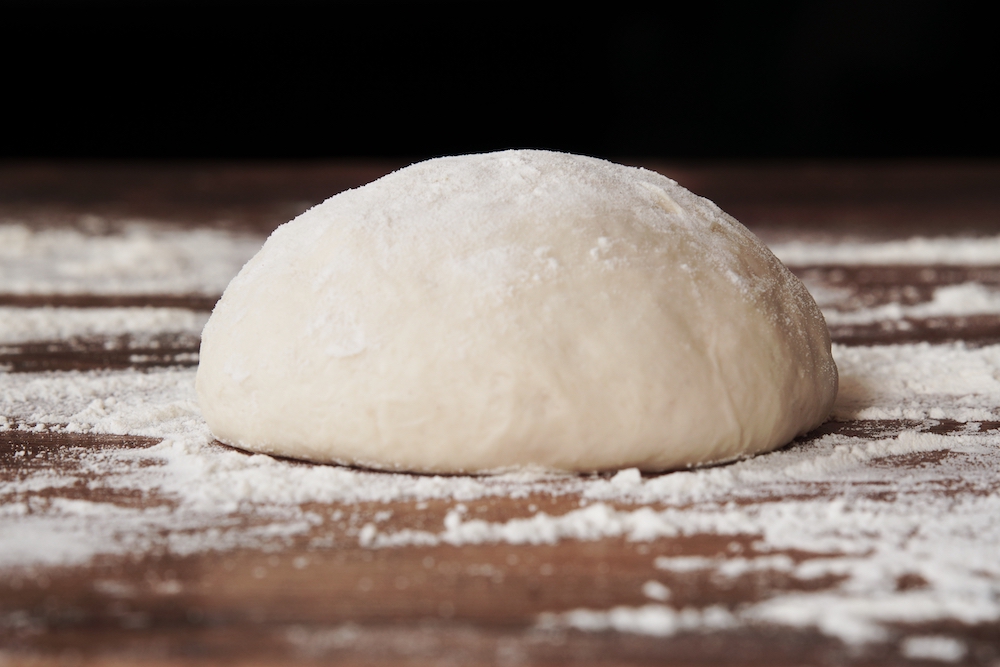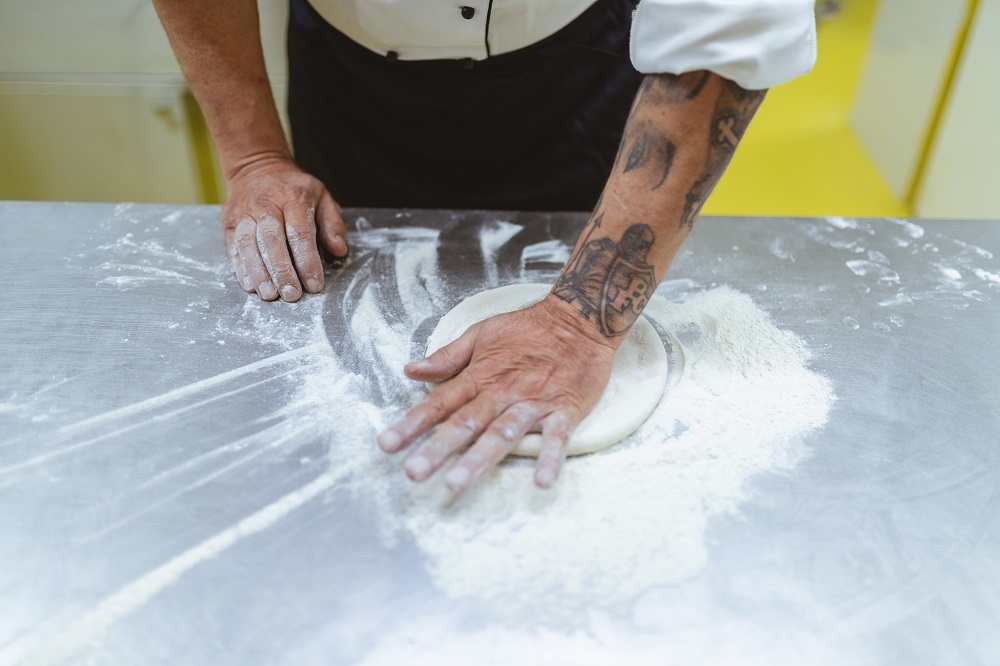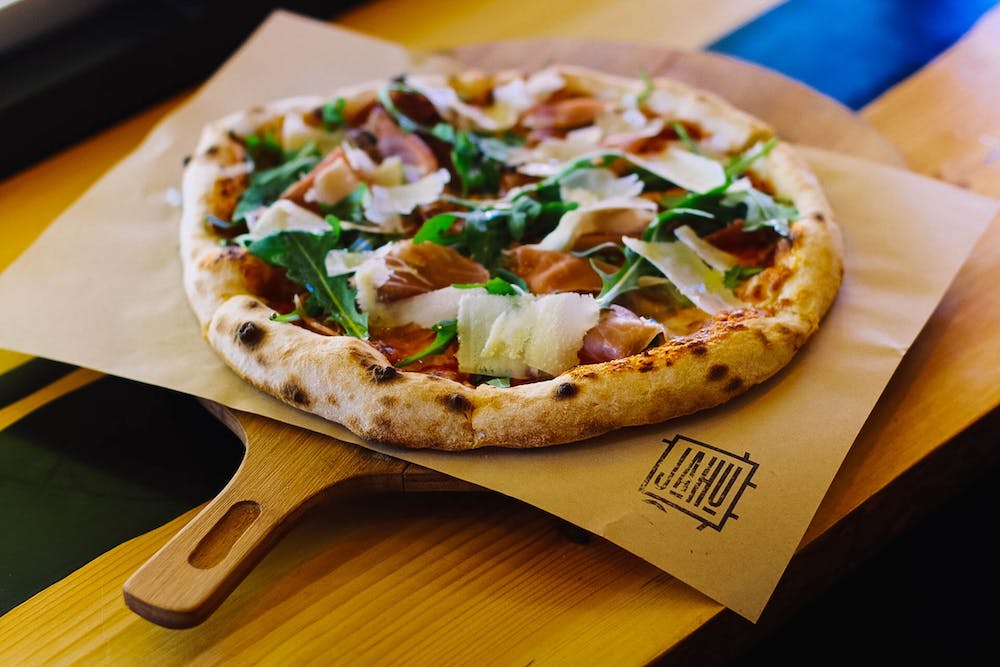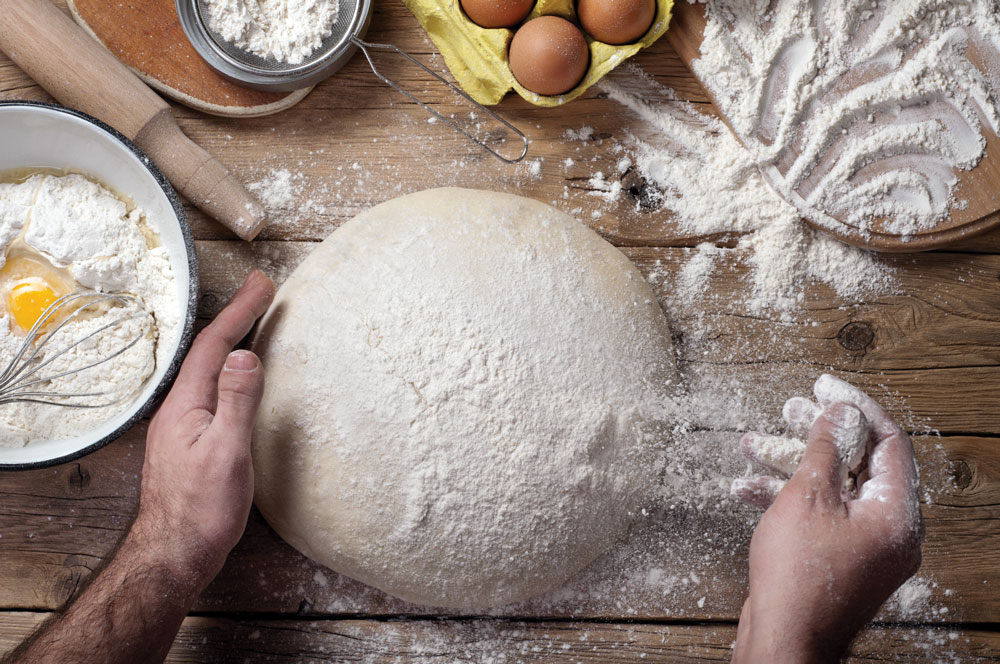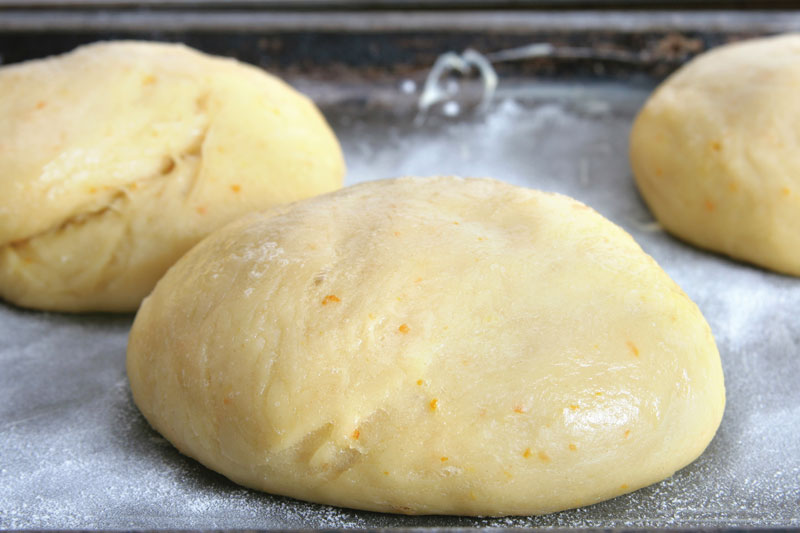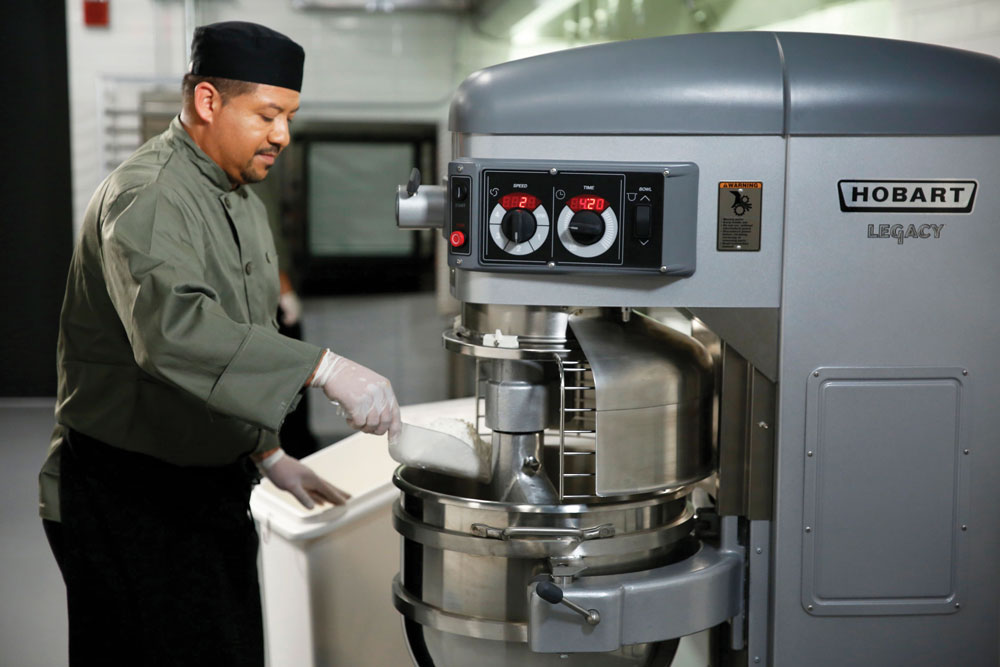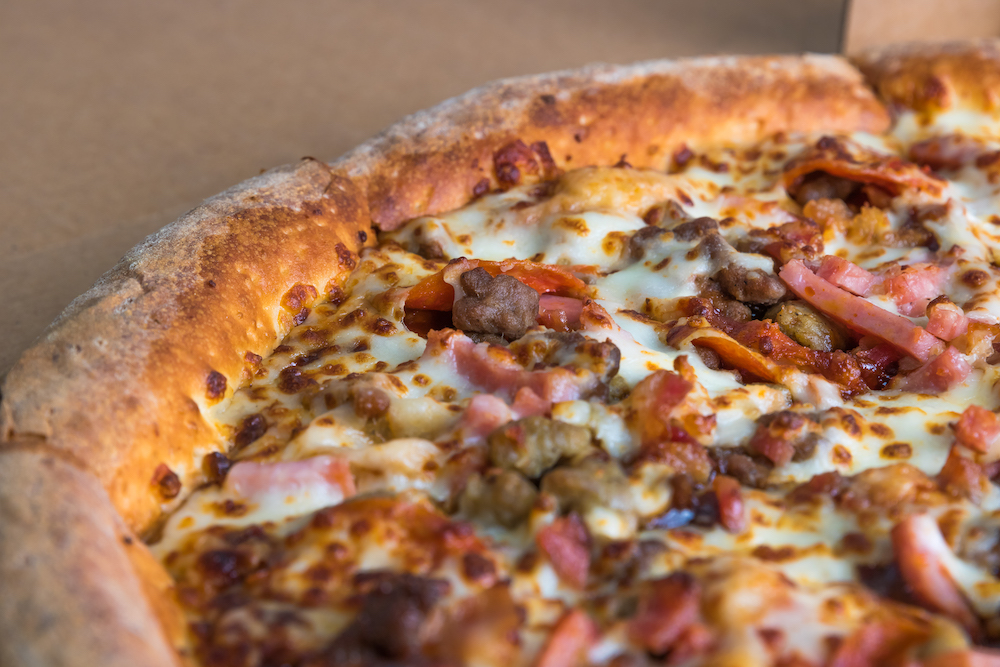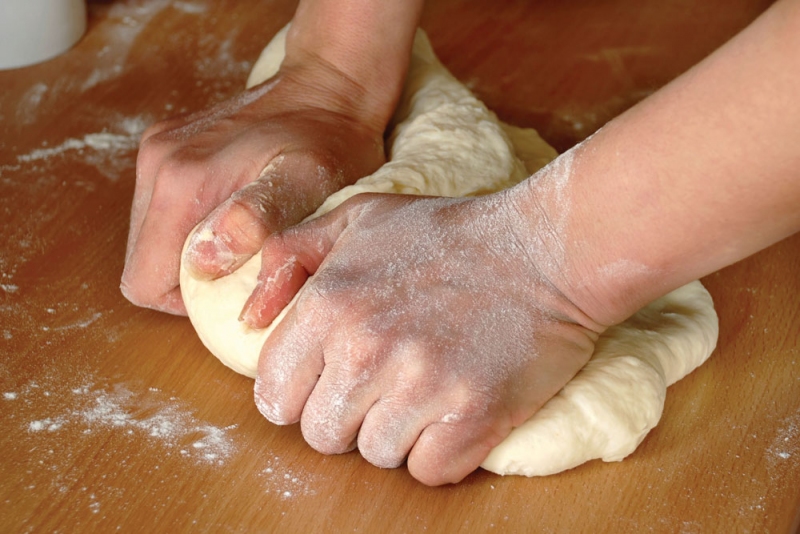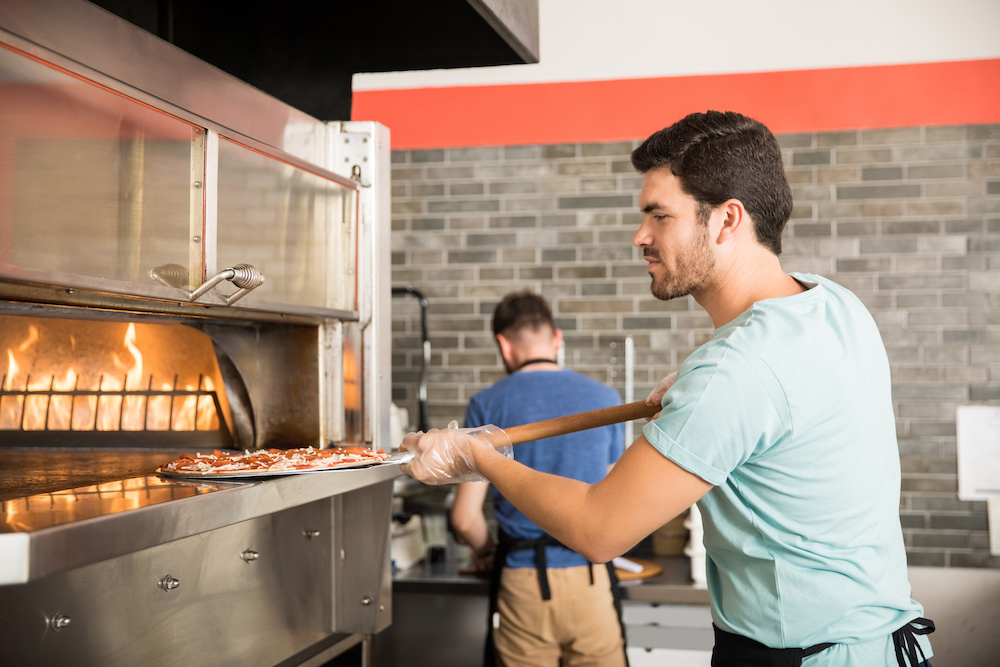Questions, Questions, So Many Questions:
As most of you know, I'm an active participant at the PMQ Think Tank. I receive many questions both through the Think Tank and through participation in other pizza related web sites, and direct e-mail correspondence.
Much of this correspondence is regarding production or quality problems that have mysteriously cropped up, or most recently, there have been a lot of questions for assistance in making equipment, dough and sauce selections, just to name a few. When I receive one of these questions the wording is usually something like "I'm planning to open my first pizza restaurant in four months and I need to have a dough recipe or sauce recipe. I would also like to know which method of dough forming works better". End of letter/question.
There are so many different formulas for pizza dough, depending upon, just to mention a few things, desired finished crust characteristics, type/style of crust, forming methods used to shape the dough into skins, and your planned dough management practices. Any one of these can affect or influence the dough formula that you end up using to make your crust. Use the wrong formula and you may go bald pulling your hair out trying to figure out why your dough isn't working. Then there is the sauce. Mix some tomato products together, toss in some garlic, oregano, and a little salt, and presto! Pizza sauce. It's not quite that easy. The sauce that you use must be formulated to your specific application. If you're making a rustic type pizza, you might want to consider using a sauce with chunks of tomato in it. If you will be making a take and bake pizza, a smooth sauce will be better suited, and at the same time it will probably perform better if it has a thicker consistency. Then there is a sauce for pizza that is intended to be frozen. This sauce needs to higher in solids content and devoid of any chunks of tomato if it is to perform well through typical frozen storage conditions.
Forming methods, there are so many to choose from. I can see why there is some confusion as to which one to use. There is hand tossed/slapped, hot pressed, cold pressed, sheeted, sheeted and die cut, and hybrid methods, which combine sheeting and hand tossing or slapping. So, which one should I be using? The answer lies in the question, "What characteristics do you want in you finished crust?" Each of these different forming methods provides a different set of finished crust characteristics that is unique almost specifically just to that method of forming. Then there is a question of your operation. Will you be producing a rustic style of pizza and baking it in a wood fired oven? You might want to look closely at hand forming your dough, especially if your customers will be watching your people shaping the dough and building their pizzas. Sure, you can press the dough or run it through a sheeter to shape it, but where is the showmanship in that? But now, you're a high volume producer and you've got to crank out as many pizzas per hour as absolutely possible using people with limited skills in handling pizza dough. So, what forming method is recommended now? Well, it depends, what characteristics did you say you wanted to have in your finished crust? Do you want a crust with a flat edge, one with a "puffy" edge, or one with a defined, raised edge? Will this be for a thin or thick crust, or maybe both? For more info on forming, read Tom's article on this subject online at: www.pmq.com/mag/2002summer/doughformer.shtml
As you can see, I've answered each of these questions with my own questions. This is not to evade the question. To the contrary, the answers to these and many of the other questions that I have to ask will help me to better point you in the right direction with regard to formulation, processing and equipment selection, or to just better answer your production or quality problems. If you have questions about dough or sauce, I would love to help. Go to PMQ.com and click either on the Ask the Experts or Think Tank buttons and let's see if we can get you some help. In the meantime, here's one I'll answer right now.
Question:
We're making a take and bake pizza and we're receiving some customer complaints that the dough does not brown very well without burning the cheese first. I know that we can add some sugar to the dough to make it brown better, but we don't want to change the flavor of the crust by making it sweet tasting. What can we do to improve the browning characteristics of the dough?
Answer:
The easiest way to address your problem is to add some sweet dairy whey to your dough formula. Whey is a byproduct of cheese manufacturing. Trust me, we've created an abundance of the stuff with our increasing demand for cheese. Whey is high in lactose (milk sugar), which has a very low sweetness value, but significantly contributes to crust color development. So, by adding whey to your dough formula, you can get crust color development without unwanted sweetness. I would suggest adding 3 percent whey, based upon the flour weight to your dough. No other changes are required. If your local distributor cannot get a bakery grade, sweet dairy whey, contact a "bakery supplier" or give a call to Land O' Lakes, Inc. Food Ingredients Division, at 651-481-2061, to find your nearest distributor.



